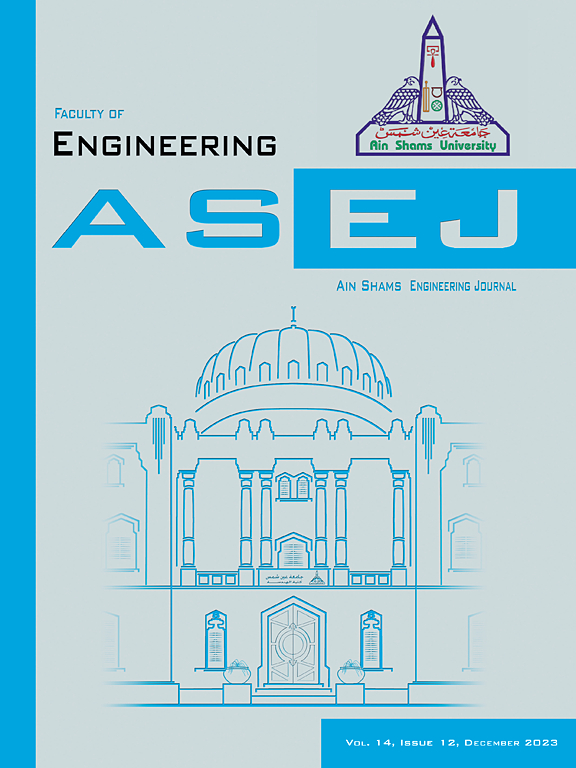软介质层挤压运动时可穿戴传感器的非线性耦合动力学
IF 5.9
2区 工程技术
Q1 ENGINEERING, MULTIDISCIPLINARY
引用次数: 0
摘要
本文提出了一种利用低杨氏模量和高极化能力介电材料的可穿戴电容式传感器的建模方法。目标是降低工作电压,以确保与人体兼容,使传感器能够作为可穿戴设备使用。传统的建模技术通常采用连续弹簧的弹性基础上的梁,与之相反,本研究考虑了介电层的惯性力。该研究导出并离散了微束和弹性介质层的非线性运动方程,并采用学习方法研究了系统在恒定和谐波波动分量以及偏置电压作用下的稳态响应。研究表明,弹性体介质层可以显著提高系统的性能。这是因为它允许创建和生产需要更少静电电压操作的可穿戴传感器。本文章由计算机程序翻译,如有差异,请以英文原文为准。
Nonlinear coupled dynamics of a wearable sensor in the presence of a soft dielectric layer undergoing squeezing motion
This article presents a modelling approach for wearable capacitive sensors utilizing dielectric materials with low Young’s modulus and high polarization capability. The objective is to reduce the working voltage to ensure compatibility with the human body, enabling the sensor to be used as a wearable device. In contrast to conventional modelling techniques, which often employ beams on elastic foundations with continuous springs, this study considers the inertial forces of the dielectric layer. The study derives and discretizes the nonlinear motion equations of the microbeam and the elastomeric dielectric layer and investigates the steady-state response of a system subjected to pressure with constant and harmonic fluctuation components, as well as a biasing voltage, using a learning approach. The study concludes that the elastomeric dielectric layer can significantly enhance the system’s performance. This is because it allows for the creation and production of wearable sensors that require less electrostatic voltage to operate.
求助全文
通过发布文献求助,成功后即可免费获取论文全文。
去求助
来源期刊

Ain Shams Engineering Journal
Engineering-General Engineering
CiteScore
10.80
自引率
13.30%
发文量
441
审稿时长
49 weeks
期刊介绍:
in Shams Engineering Journal is an international journal devoted to publication of peer reviewed original high-quality research papers and review papers in both traditional topics and those of emerging science and technology. Areas of both theoretical and fundamental interest as well as those concerning industrial applications, emerging instrumental techniques and those which have some practical application to an aspect of human endeavor, such as the preservation of the environment, health, waste disposal are welcome. The overall focus is on original and rigorous scientific research results which have generic significance.
Ain Shams Engineering Journal focuses upon aspects of mechanical engineering, electrical engineering, civil engineering, chemical engineering, petroleum engineering, environmental engineering, architectural and urban planning engineering. Papers in which knowledge from other disciplines is integrated with engineering are especially welcome like nanotechnology, material sciences, and computational methods as well as applied basic sciences: engineering mathematics, physics and chemistry.
 求助内容:
求助内容: 应助结果提醒方式:
应助结果提醒方式:


